Raising the standards for over 100 years
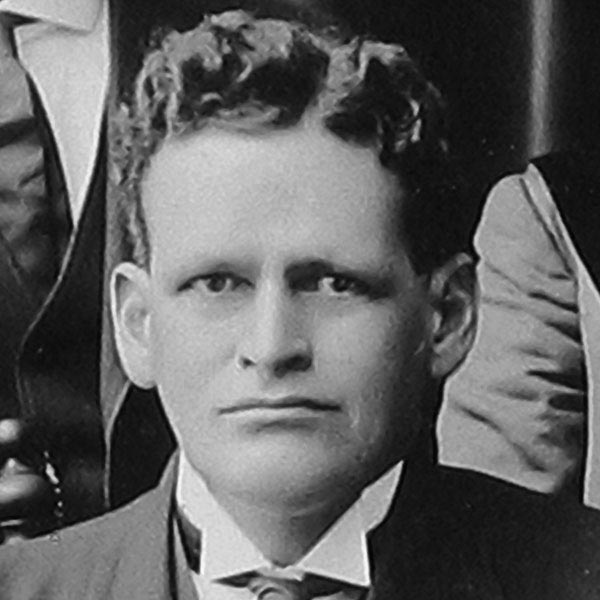
1913
Charles Coker Wilson, with 5 other AIA members residing in SC, forms the South Carolina Chapter of the American Institute of Architects. He is elevated to the College of Fellows the following year for his work in establishing and promoting standards of practice.Courtesy of South Caroliniana Library, University of South Carolina, Columbia

1923
AIA members from the region gather in Charleston, SC for the first “Southeastern Architects Convention” at which AIASC President Nat Gaillard Walker pleas for a stronger relationship between the Institute and its “far distant” chapters and for the establishment of regional directorships. The following year, he becomes the first Regional Director from the South Atlantic Region.Courtesy of South Caroliniana Library, University of South Carolina, Columbia
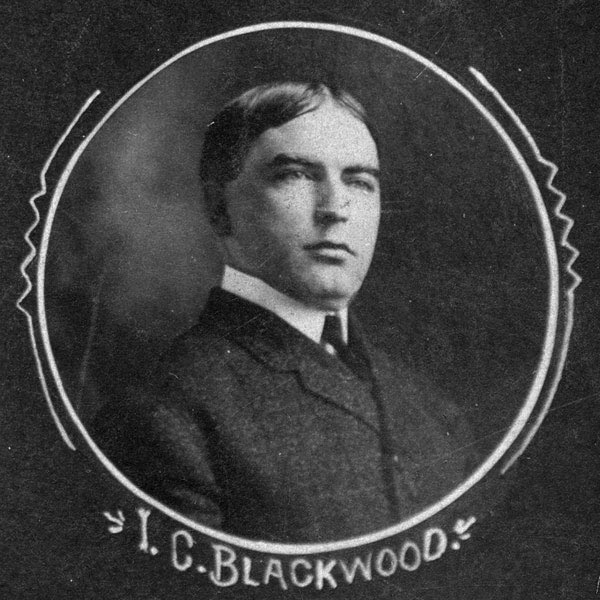
1933
Governor Blackwood requests three AIASC members be appointed to “a State building congress of architects, engineers, general contractors, sub-contractors and materialmen”, commissioned to formulate a state building code.Courtesy of South Caroliniana Library, University of South Carolina, Columbia
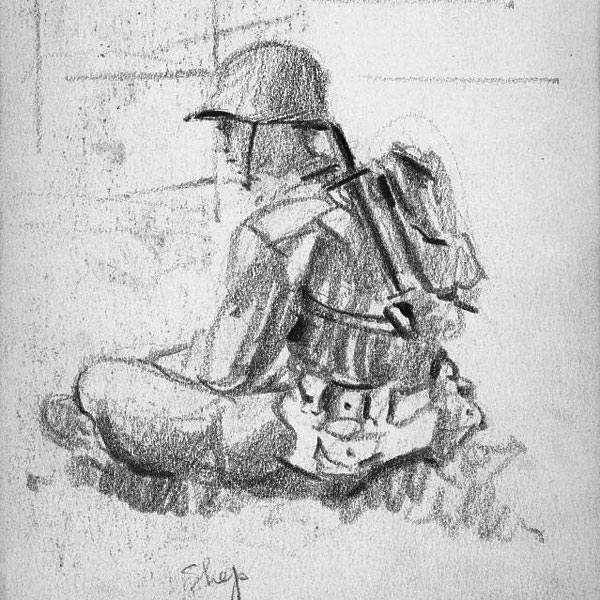
1943
With eighty percent of the membership serving overseas during World War II, a Chapter meeting is held in Columbia where members vote to both waive dues for architects serving in the Armed Services and to suspend all future meetings until the war is over.Drawing by Victor Lundy, an architect stationed at Fort Jackson from the Victor A. Lundy Archive (Library of Congress)
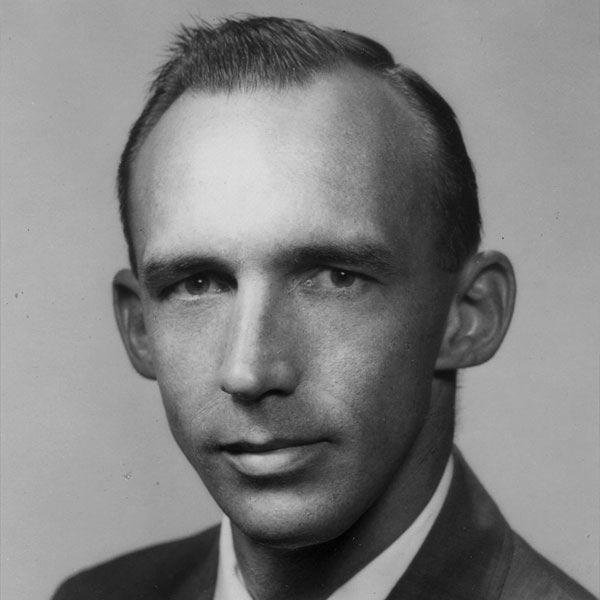
1953
AIASC President William A. Carlisle, FAIA presents the “Document of Services and Charges” at the annual meeting. This fee schedule will serve as a model for the North Carolina and Georgia Chapters, and is used by the SC Budget & Control Board for several decades.Courtesy of South Caroliniana Library, University of South Carolina, Columbia
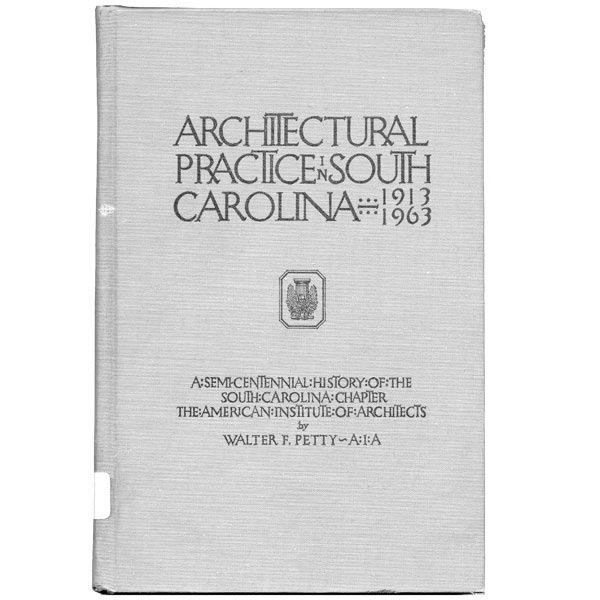
1963
Walter F. Petty, FAIA edits “A Semi-Centennial History” of the Chapter and signs it, “To that architect, perhaps unborn, who will write the Centennial History in the year of our Lord, 2013 – GREETINGS.” For decades to come, Petty’s volume will be given to newly licensed architects at annual Chapter meetings.Courtesy of South Caroliniana Library, University of South Carolina, Columbia
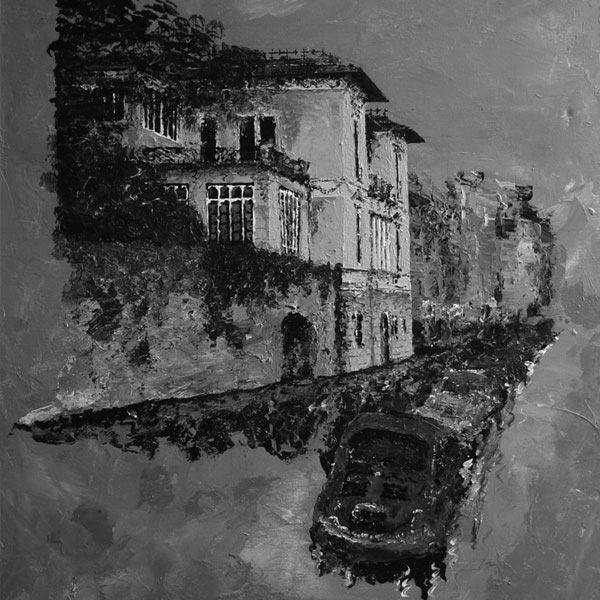
1973
Pledges from AIASC members enable the Clemson College of Architecture to purchase a villa in Italy for the Charles E. Daniel Center for Building Research and Urban Studies in Genoa.Acrylic on canvas by D. Wayne Rogers, AIA
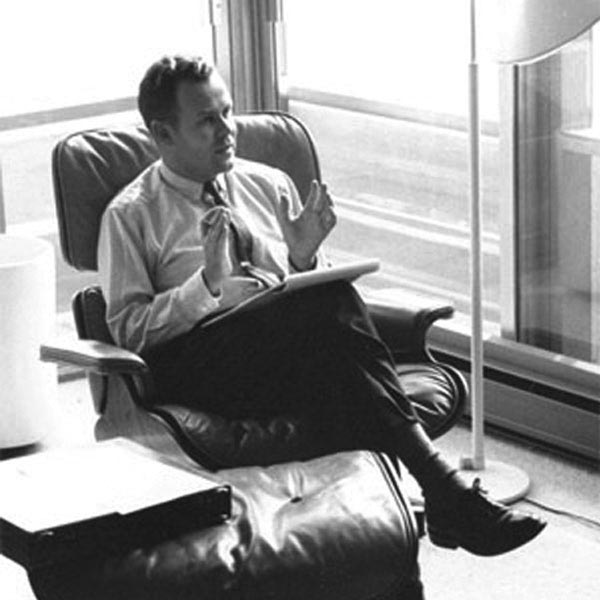
1983
Major General Clifton D. Wright, Jr. and Charles E. Fraser become the first South Carolinians to receive the AIA Honorary Membership award, conferred on non-architects whose contributions are judged to be of national significance – the latter for his pioneering work developing planned communities on Hilton Head Island.Courtesy of SeaPines50thAnniversary.com
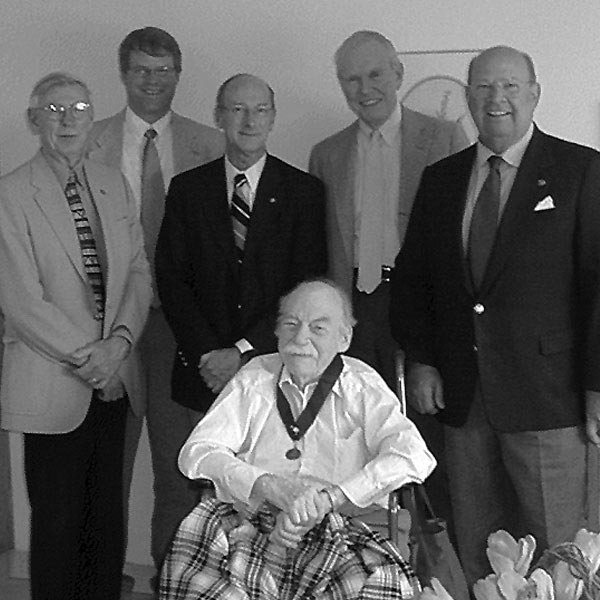
1993
Born out of the a group of dedicated individuals, Harlan E. McClure, FAIA, Dean Emeritus of the College of Architecture, Arts and Humanities stated, “The South Carolina Chapter of the American Institute of Architects is unique, for it has worked as a group to improve the professional standards of architecture. In 1993, the Chapter bestows its first Medal of Distinction Award to him.
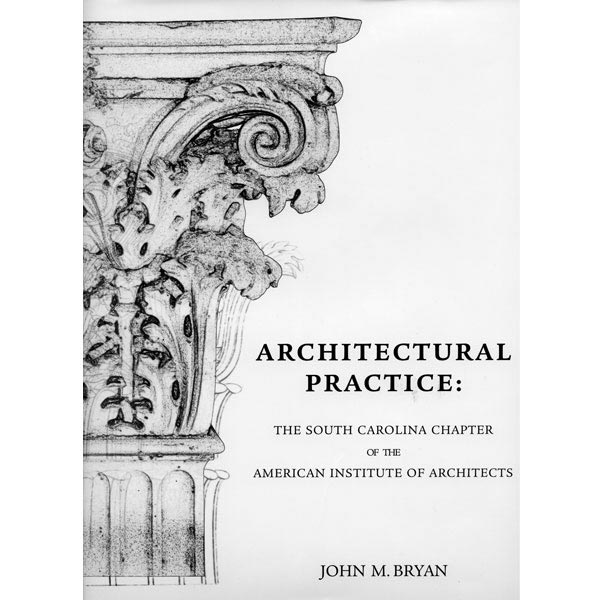
2003
Architectural Practice: The South Carolina Chapter of the American Institute of Architects is published. Written by USC Professor John M. Bryan, this volume celebrates 90 years of the Chapter and serves as its “history book” for more than a decade. This year also marks the first time an architect from South Carolina, Thompson E. “Thom” Penney FAIA, serves as president of AIA National.Courtesy of South Caroliniana Library, University of South Carolina, Columbia
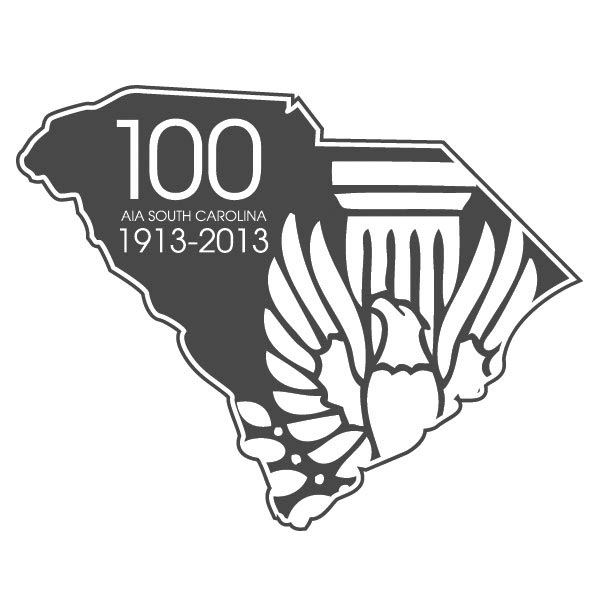
2013
The Chapter unveils its “Oral History Project”, which captures videotaped interviews with AIASC members and leaders throughout the state, as part of the year-long 100th Anniversary celebration.
Past Presidents
1913-1914 Charles C. Wilson
1915-1916 Albert W. Todd
1917-1918 E.D. Sompayrac
1919-1920 H. Olin Jones
1921-1922 N.G. Walker
1923-1924 J.D. Newcomer
1925-1927 Haskell H. Martin
1928 George E. Lafaye
1929 J.B. Urquhart
1930-1934 Albert Simons
1935-1936 Samuel Lapham
1937 Whitney Cunningham
1938-1939 H.D. Harrall
1940 G. Thomas Harmon
1941-1945 Heyward S. Singley
1946 James C. Hemphill
1947-1948 Walter F. Petty
1949 William G. Lyles
1950 C. Hardy Oliver
1951-1952 William E. Freeman, Jr.
1953 William A. Carlisle
1954 Herndon M. Fair
1955 John M. Lambert
1956 Robert I. Upshur
1957 Louis M. Wolff
1958 John M. Mitchell, Jr.
1959 A. Hugh Chapman
1960 Homer D. Blackwell
1961 William S. Dowis
1962 Ralph McPherson
1963 H. Reid Hearn, Jr.
1964 John W. Weems
1965 F. Earle Gaulden
1966 Harold J. Riddle
1967 Phelps H. Bultman
1968 Ladson D. Tankersley
1969 T.J. Bissett
1970 Frank E. Lucas
1971 Joseph L. Young
1972 Frank D. Hemphill
1973 Richard A. McGinty
1974 H. Harold Tarleton
1975 Robert B. Cannon
1976 Kirk R. Craig
1977 Peter A. McKellar
1978 James L. Thomas
1979 Don E. Golightly
1980 W. Daniel Beaman
1981 Wrenn M. Creel
1982 Howard D. Moormann
1983 Jakie H. Lee
1984 Robert H. Kennedy, Jr.
1985 Marshall F. Clarke
1986 William T. Davis
1987 Gayland B. Witherspoon
1988 Jeffrey M. Rosenblum
1989 Sidney W. Stubbs
1990 W. Douglas Corkern
1991 James A. Neal
1992 Samuel L. McCleskey
1993 Myles T. Glick
1994 Thompson E. Penney
1995 Lynn G. Craig
1996 Charles J. Hultstrand
1997 Brooks R. Prince
1998 Thomas J. Hund
1999 Michael P. Keeshen
2000 Barbara M. Price
2001 D. Wayne Rogers
2002 Edward T. Zeigler
2003 P. Douglas Quackenbush
2004 Mary Beth Branham
2005 Eric C. Aichele
2006 Samuel B. Herin
2007 J. Michael Taylor
2008 Michael S. Watson
2009 Steven H. Coe
2010 Linna Jane Frederick
2011 Todd D. Reichard
2012 David R. Moore
2013 Luke E. McCary
2014 Amy E. Souder
2015 Charles A. Riley
2016 James M. Hubbard
2017 Thomas Bradley Benjamin
2018 Andrew M. Clark
2019 Daniel J. Scheaffer
2020 Meg Terry
2021 Eugene Bell
2022 Benjamin M. Ward
2023 Robyn Rogers
2024 Laura Middleton
SPONSORSHIP OPPORTUNITIES
Let’s work together.
Your support not only allows AIASC to continue to further our mission and the architectural profession, but provides your organization with numerous ways to connect with your target market.

